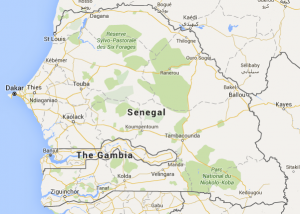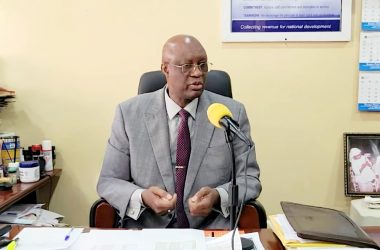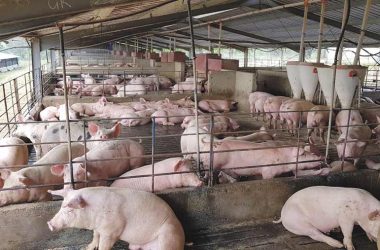 Between 2011 and 2018, the National Agency of Statistics and Demography (ANSD) has identified more than 200,000 new poor.
Between 2011 and 2018, the National Agency of Statistics and Demography (ANSD) has identified more than 200,000 new poor.
Living conditions are more precarious for some households in Senegal. The results of a harmonised survey by the ANSD, published on Monday, showed that “the number of poor people has increased” in the country. These people, estimated at 5,832,008 in 2011 reached 6,032,379 in 2018.
“Considering the perception of households on their own level of poverty, 50.9 percent of Senegalese consider themselves poor (42.9 percent poor and 8.0 percent very poor),” the official statistics bureau reported.
Continuing, the ANSD indicated that the monetary poverty rate is estimated at 37.8 percent in 2018-2019, a drop in the poverty level of five points compared to 2011 (42.8 percent) at the end of the connection work.
While the extreme poverty rate fell from 12.2 percent to 6.8 percent over the same period, poverty in relation to the area of residence is “more accentuated in rural areas” with a rate of 53.6 percent compared to 19.8 percent in urban areas.
The survey suggested that the regions of Sédhiou (65.7 percent), Kédougou (61.9 percent), Tambacounda (61.9 percent), Kolda (56.6 percent), Kaffrine (53.0 percent) and Ziguinchor (51.1 percent) “are the most affected.”
The report also noted “disparities” in access to housing-related services (electricity, internet, water, sanitation, cooking energy) depending on the household’s place of residence and poverty status. Thus, people in rural areas and low-income households “have more limited access to these services.”
Furthermore, rural households “generally own their dwellings without title,” while renting households “are mostly found in urban areas. On average, the number of people per room is greater among the poor than among the non-poor,” the survey continued.
In addition, the data illustrate “food insecurity (which) is still a reality in Senegal. It affects more rural areas, the poor and the regions of Kolda, Sédhiou (South), Kédougou, Tambacounda (East) and Matam (North).
Initiated by the Commission of the West African Economic and Monetary Union (UEMOA) and financed by the World Bank (WB), the survey in Senegal involved a sample of 7156 households. It mobilised “significant financial and material resources,” according to the ANSD.
The collection was held in two waves, each lasting three months. The first was from September to December 2018 and the second from April to July 2019. Two questionnaires were developed. One is administered to households and the other designed to collect information on the localities of these families.
The ANSD report is published at a time when the high cost of living is irritating the Senegalese. During the last Cabinet meeting, Macky Sall instructed the government to ensure “the full implementation of measures to stabilise the prices of everyday consumer goods throughout the country.”
The Head of State also committed his ministers to “pursue the dynamics of preserving household purchasing power” by fighting “any speculation, stock retention or undue increase in the prices of essential products and services, notably rent, whose regulation system must be evaluated and improved in a concerted manner.”





